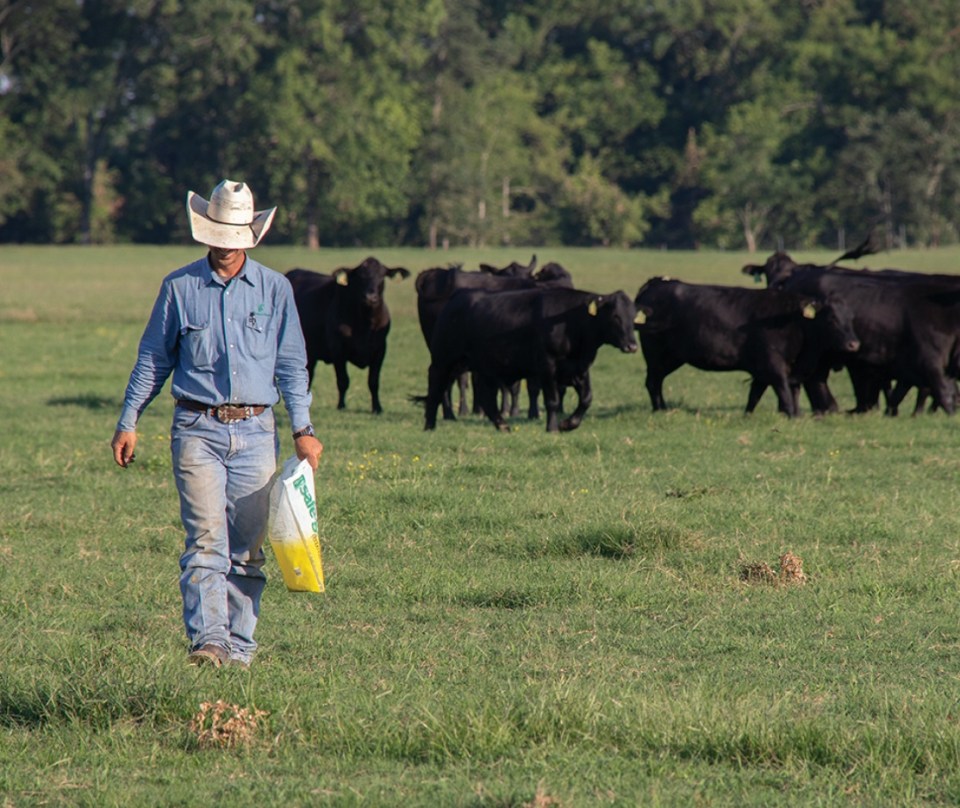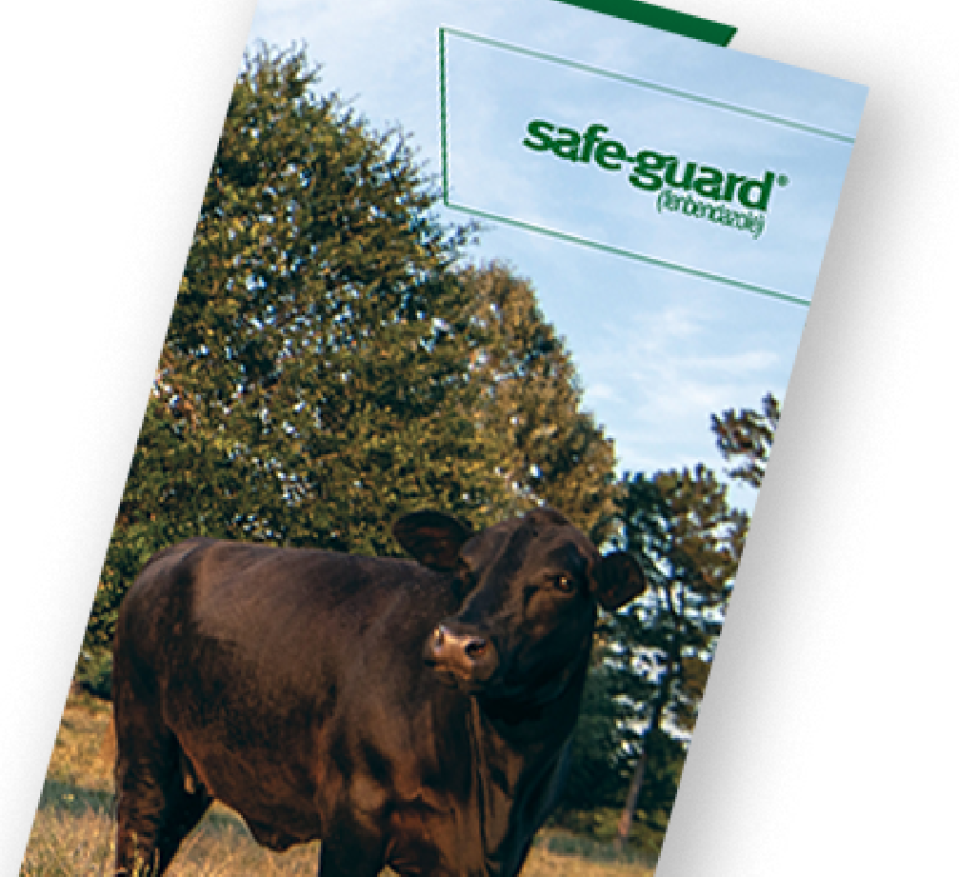

Fecal egg count tests don’t lie.
A successful deworming program should result in 90% percent or greater reduction in parasite eggs in manure.1 But how do you know? The Fecal Egg Count Reduction Test, or FECRT, is a diagnostic tool that can tell just how well your deworming program is working.
Conducting a Reliable FECRT
To get an accurate read, you won’t need to sample every animal in your herd. About 20 head will suffice, or as directed by your veterinarian. However, they should all be from the same age and management group. The ideal age is between six months and two years of age.
An initial sample should be taken pre-treatment. A second sample should be taken 14 days after treatment.

- For cow-calf: Sample from pastured cattle.
- For incoming cattle (including stocker, feedlot and replacement heifers): Test and treat on arrival to check the incoming parasite population.
- For incoming cattle on pasture (including stocker and replacement heifers): Test resident cattle after a minimum of two months of grazing time.
- For dairy: Sample from replacement heifers.
FECRTs: A Simplified Step-by-Step

Pre-treatment, collect rectal or observed freshly dropped sample. A roughly golf ball-sized sample will be sufficient.

Refrigerate overnight to ensure samples are sufficiently cooled. Do not freeze.

Send samples to the lab using overnight or second-day shipping with a freezer pack.

Repeat the process 14 days later with post-treatment samples.
See the FECRT process.
Hear from Dr. Harold Newcomb, Merck Animal Health, on the important role FECRTs play on cattle operations – as well as get a firsthand look at the process from start to finish.

What do your results mean?
If the efficacy of the anthelmintic falls above 90% – good news, your program is working.
If your FECRT results fall below 90%, here’s what to do next:
- Discuss an alternate treatment with your veterinarian.
- Add a dewormer from a different class to your protocol, so that you are concurrently using two different-class dewormers, such as SAFE-GUARD and ivermectin.
- Benzimidazoles: albendazole, fenbendazole (SAFE-GUARD, for example), oxfendazole
- Endectocides: doramectin, eprinomectin, ivermectin, moxidectin
- Imidazoles: levamisole, morantel tartrate
- Repeat screening test under the new treatment.
For a more detailed look at proper testing protocol, download the SAFE-GUARD FECRT brochure.

To learn more about the benefits of FECRTs, talk to your veterinarian or contact your Merck Animal Health sales representative.

Refresh on the fundamentals.
Knowing what to look for can help you identify early signs of parasite resistance so you can take swift action to protect your cattle – and your profits.
1 Dobson R, Jackson F, Levecke B, Besier B, et al. Guidelines for fecal egg count reduction tests (FECRT). World Association for the Advancement of Veterinary Parasitology (WAAVP) (2011) Proceedings: 23rd International Conference of the World Association for the Advancement of Veterinary Parasitology.
